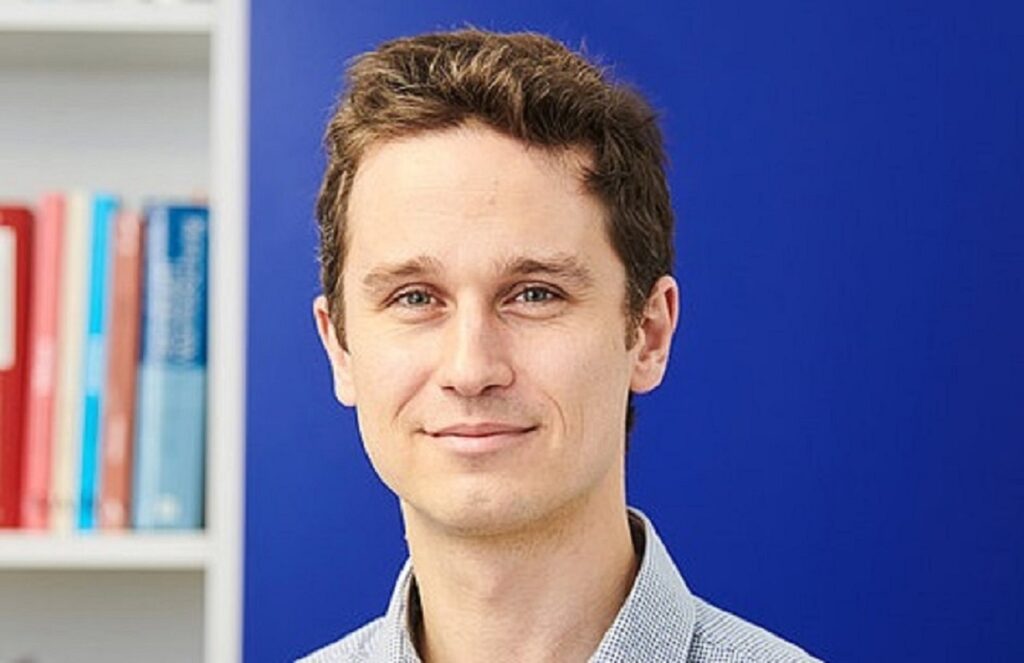B2: Remembering and Practising Diversity in a Post-Multi-Ethnic City
Dr. Piotr Goldstein (ZOiS)

Sign over a small restaurant at Kapani Market in Thessaloniki, with words in Ladino and Turkish, Thessaloniki, Greece, 2022. (c) Piotr Goldstein
Project description
Łódź throughout the ninetieth century rose from a small town to one of the fastest demographically developing cities in the world, one that had no ethnic majority but similarly sized German, Jewish and Polish populations. Thessaloniki, has long been an international symbol of diversity and cosmopolitanism. For big part of its history the city had a Sephardic-Jewish majority and considerable Turkish, Slavic-speaking and Greek populations.
Both cities changed from truly cosmopolitan to practically mono-ethnic throughout the twentieth century, primarily because of wars, expulsions, and migrations. Now, at the beginning of the twenty-first century, because of new wars and new migrations, both again become more diverse – ethnically, culturally, and linguistically. In Lodz where at the beginning of the twentieth century one could see shop-signs in German, Yiddish, Polish and Russian, today multilingual, mostly Ukrainian, and Russian signs, make their (re)entry into the public space. In Thessaloniki, new migrants, mostly from Africa and the Middle East change the soundscape of the city.
Working with the elderly, the activists who cherish multi-ethnic past in their work, remaining minorities, and new migrants, this project explore ways in which the bygone diversity is being remembered, the new one is practised, and the links between the two are drawn. The project uses visual and sensory ethnography to engage directly and dialogue with its key protagonists and other stakeholders of the change.
Key questions
Methodology and sources
Project team

